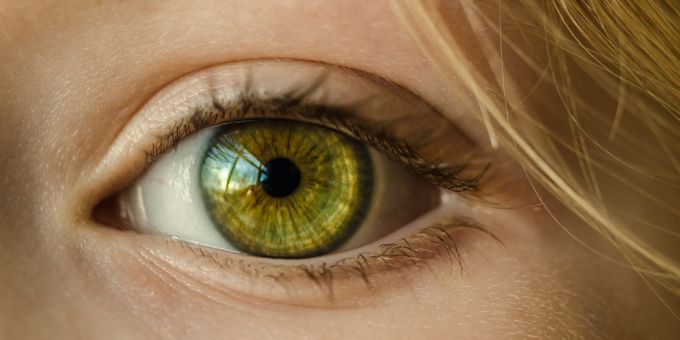
This procedure is usually recommended for patients over the age of 50 to reduce the risk of complications, such as retinal detachment. It is similar to cataract surgery, as it involves replacing the eye’s natural lens with a modern artificial implant. The artificial lens can be either monofocal, which provides clear distance vision without glasses, or multifocal, which enhances vision across near, intermediate, and far distances without the need for glasses. Therefore, patients will undergo comprehensive pre-operative assessments similar to those required for cataract surgery. These assessments help determine the specifics of the intraocular lens needed to customize vision for the individual.
Some candidates may opt to have surgery on both eyes on the same day, while others may prefer to have the procedures done on separate days. Each eye surgery takes approximately 15 minutes, and the procedure is performed as a day case. One of the advantages of refractive lens exchange is that patients will not need cataract surgery later in life.

Most refractive lens exchange surgeries involve the implantation of multifocal lenses, which provide good vision across near, intermediate, and distance ranges without the need for glasses. Another popular option in refractive lens exchange is Enhanced Depth of Focus (EDoF) lenses, which offer clear vision at intermediate and far distances without requiring corrective eyewear.
Most refractive lens exchange surgeries involve the implantation of multifocal lenses, which provide good vision across near, intermediate, and distance ranges without the need for glasses. Another popular option in refractive lens exchange is Enhanced Depth of Focus (EDoF) lenses, which offer clear vision at intermediate and far distances without requiring corrective eyewear.
Patients with significant astigmatism will need toric lenses to help reduce this condition. Toric lenses are available in almost all types of multifocal, EDoF, and monofocal lenses.
A smaller group of candidates may opt for monofocal lenses, which provide clear vision at a single distance, typically for viewing objects far away. Patients who choose these lenses will still need reading glasses for close-up tasks, such as reading or using a phone.
On the day of your surgery, a dedicated nurse will care for you both before and after the procedure. You will receive post-operative eye drops and important aftercare instructions. Your surgeon will address any questions or concerns you may have and will schedule a follow-up appointment to evaluate your eyes and vision.
After the surgery, you will need to use prescribed eye drops. Typically, your vision will improve within a few days; however, in some cases, it may take 1 to 2 months for your vision to stabilize and for healing to be complete. We will provide you with our contact number so you can reach out if needed. We will also arrange a follow-up appointment within a few days to a couple of weeks to monitor your progress.
The cost of surgery varies depending on the type of lens used. The total cost includes the procedure fee (including surgeon’s fees, lens cost and hospital charges) and post-operative follow-up for up to three months.
Below is an approximate breakdown of the pricing.


